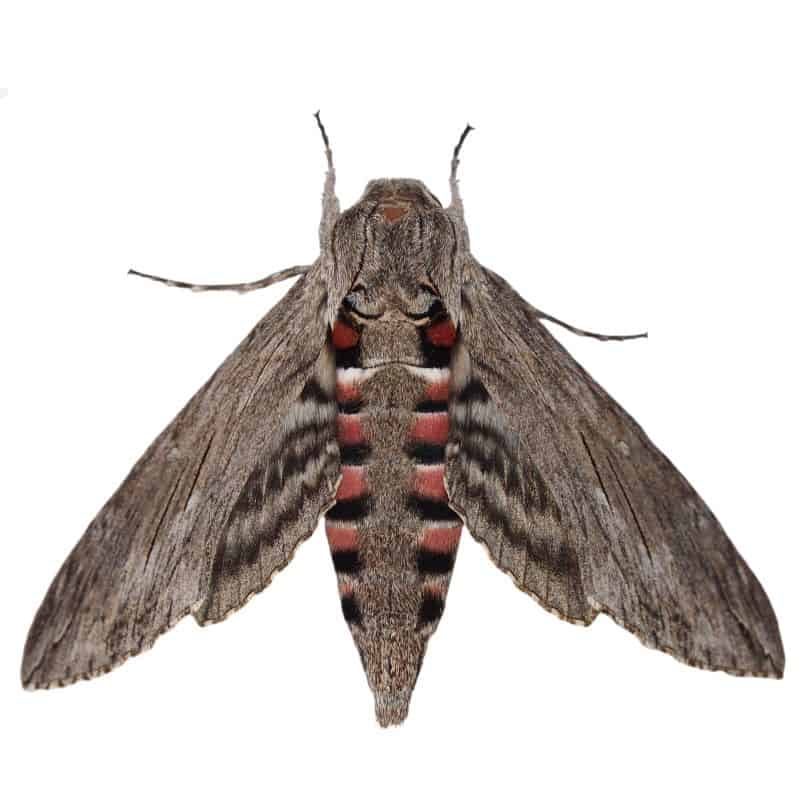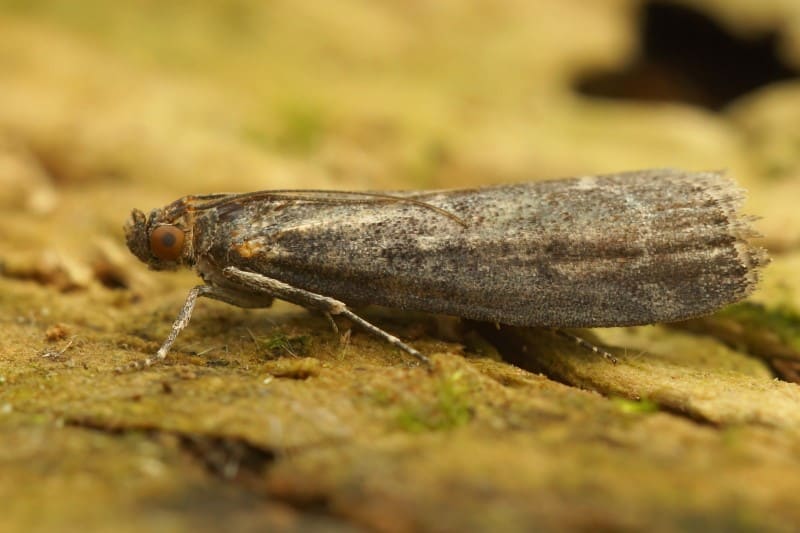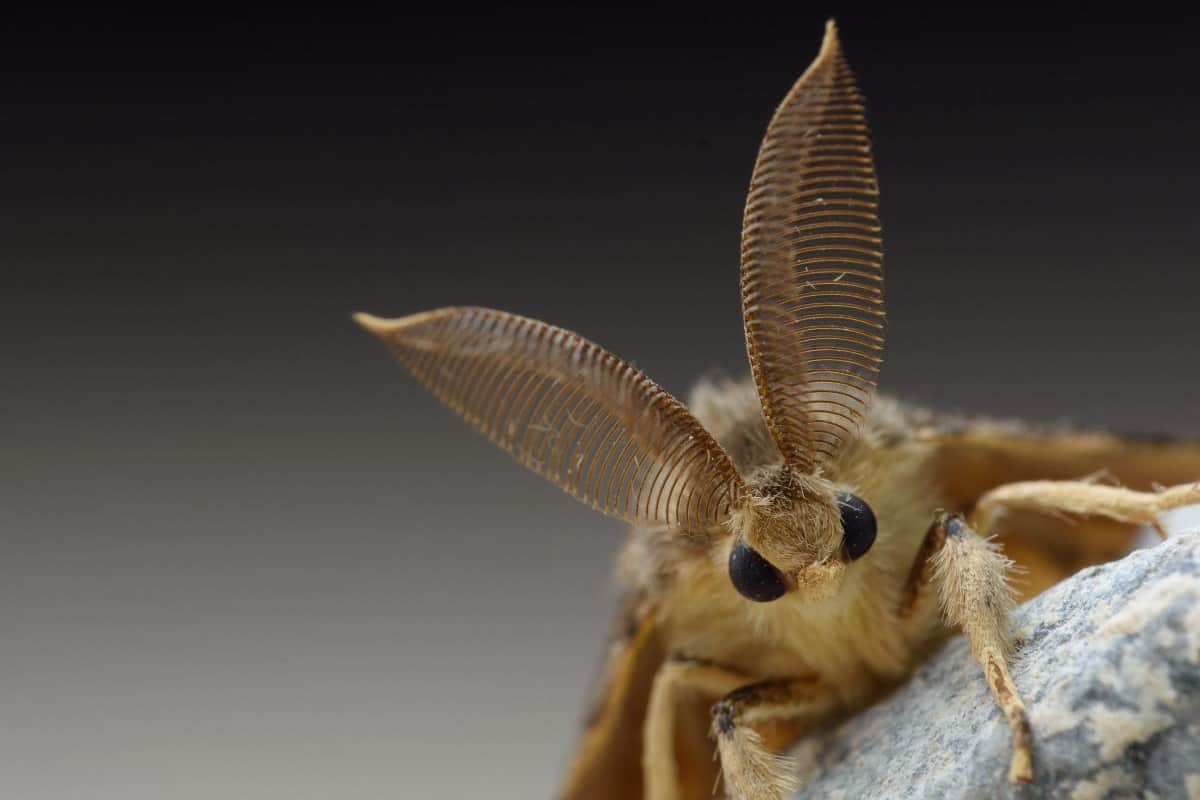Moths are fascinating creatures, known for their nocturnal habits and attraction to light. Yet, one lesser-known aspect of their behavior is their ability to produce sounds.
Though it may seem surprising, certain species of moths have evolved to create ultrasonic noises as a defense mechanism against predators, particularly bats.
Bats use echolocation to detect and hunt their prey, including moths. In response, some species of moths have developed the skill to produce ultrasonic sounds that can interfere with bat echolocation, allowing them to evade capture.
This adaptation showcases the incredible evolution of moths and emphasizes their survival tactics in the wild.
Can Moths Make Sounds?
Yes, moths can make sounds, particularly ultrasonic sounds as a defensive mechanism against predators like bats.
Moths are capable of producing these sounds either internally or through specialized structures on their body.
While not all moth species can produce sound, many have evolved sophisticated strategies to exploit ultrasonic frequencies as a means of communication and defense.
One example are the ultrasonic moths that create ultrasonic sounds to fend off bats, a fascinating adaptation that helps them survive in their natural environments (Sci.news).
Another type of moth, referred to as the death moth, can produce a squeaky sound internally, which is fairly rare amongst insects (National Geographic). This sound can deter predators and protect the moth from harm.
Some species of moths have evolved sound production methods to warn their predators even when they are unable to hear those sounds themselves, such as small ermine moths that produce sound as a warning to outwit their predators, instead of in response to detecting an approaching bat (University of Bristol).
Moths are indeed fascinating creatures, having developed a wide range of ultrasonic abilities to survive in their ecosystems.
How Moths Produce Sounds
Moths, like many other insects, are capable of producing sounds using various mechanisms.
In this section, we will explore the different ways moths make sounds, including wing fluttering, stridulation, squeaking, and clicking sounds.
Wing Fluttering
Some moths produce sounds by vibrating their wings rapidly.
This fluttering can generate a buzzing sound that may serve various purposes, such as attracting mates or evading predators.
For instance, the snout moths use a structure resembling a guitar pick between their wings to create noise when they flutter their wings, effectively producing sound through this movement.
Stridulation
Stridulation, the process of producing sound by rubbing two body parts together, is another way moths create noise.
In some cases, moths have specialized structures on their bodies used exclusively for stridulation.
For example, the small ermine moths acoustically mimic other unpalatable, sound-producing moths to warn bats of their presence by rubbing specialized scales on their wings together (source).
Squeaking
Squeaking sounds made by moths are less common but can be an essential part of their defense mechanisms or communication with other moths.
The exact method of producing squeaking sounds may differ among moth species, but it often involves rapidly contracting and expanding body segments or rubbing unique structures together.
Clicking Sounds
Clicking sounds in moths are produced when the insects flex their tymbals, which are specialized structures made of thin, cuticular membranes.
When the tymbal vibrates, it gives off a clicking or buzzing sound. These sounds can be used for different purposes, such as mating calls or defense against predators.
Functions of Moth Sounds
Defense Mechanisms
Moths, like tiger moths, can produce ultrasonic clicking sounds as a defense mechanism against predators.
These clicking sounds effectively jam bat sonar, making it difficult for bats to locate them. In response to the bat’s echolocation, moths can emit these clicks from structures called “tymbals,” which help them evade their predators.
Mating Signals
Male moths use sounds to attract female moths and establish territories against other males.
You will be interested in our article about moths and their nests.
One of the most common sounds for this purpose is a clicking noise. This sound is produced when a male moth rubs its wings together, which can be perceived by females as a mating signal.
Examples of Sound-Producing Moths
Hawk Moths
Hawk Moths, also known as Sphinx Moths, are known for their ability to produce ultrasonic sounds as a defense mechanism against predators like bats.

These sounds are made using a structure called the “tymbal” located on their thorax.
When the moth vibrates its tymbal, it creates an ultrasonic noise that helps deter bats from attacking them.
Tiger Moths
Tiger Moths are another group of sound-producing moths that utilize their acoustic abilities to defend against predators.

They also use tymbals to create ultrasonic clicks that are broadcasted in response to the sonar signals from bats trying to locate prey. These clicks are a form of acoustic aposematism, warning bats of the moth’s distastefulness or toxicity.
Another example of sound-producing Tiger Moths is the small ermine moth. Researchers suggest that these moths acoustically mimic unpalatable species to signal to bats their own distastefulness.
Snout Moths
Snout Moths, another group of sound-producing moths, use their wings to create noise.

They have a structure resembling a guitar pick between their wings that is strummed against when they are in flight.
This noise serves as an anti-bat defense mechanism similar to how the Hawk Moths and Tiger Moths utilize their sounds.
Conclusion
In summary, moths indeed have the ability to produce sounds.
They can make soft humming sounds while flying, which are generated due to their wings flapping and serve to help orient the insect during flight.
Some moths, like tiger moths, have evolved to produce ultrasonic clicking sounds which function to jam bat sonar, helping them evade predators.
Furthermore, moths’ auditory systems are somewhat simplistic but effective. Their tympanum connects directly to just three neurons, allowing them to detect sounds without the need for complex auditory structures.
These adaptive mechanisms aid moths in their survival by improving navigation and enhancing their ability to avoid predators in their natural nocturnal environment.
By examining such fascinating characteristics of moths, we can appreciate the diverse ways in which organisms in the animal kingdom communicate and interact with one another.

